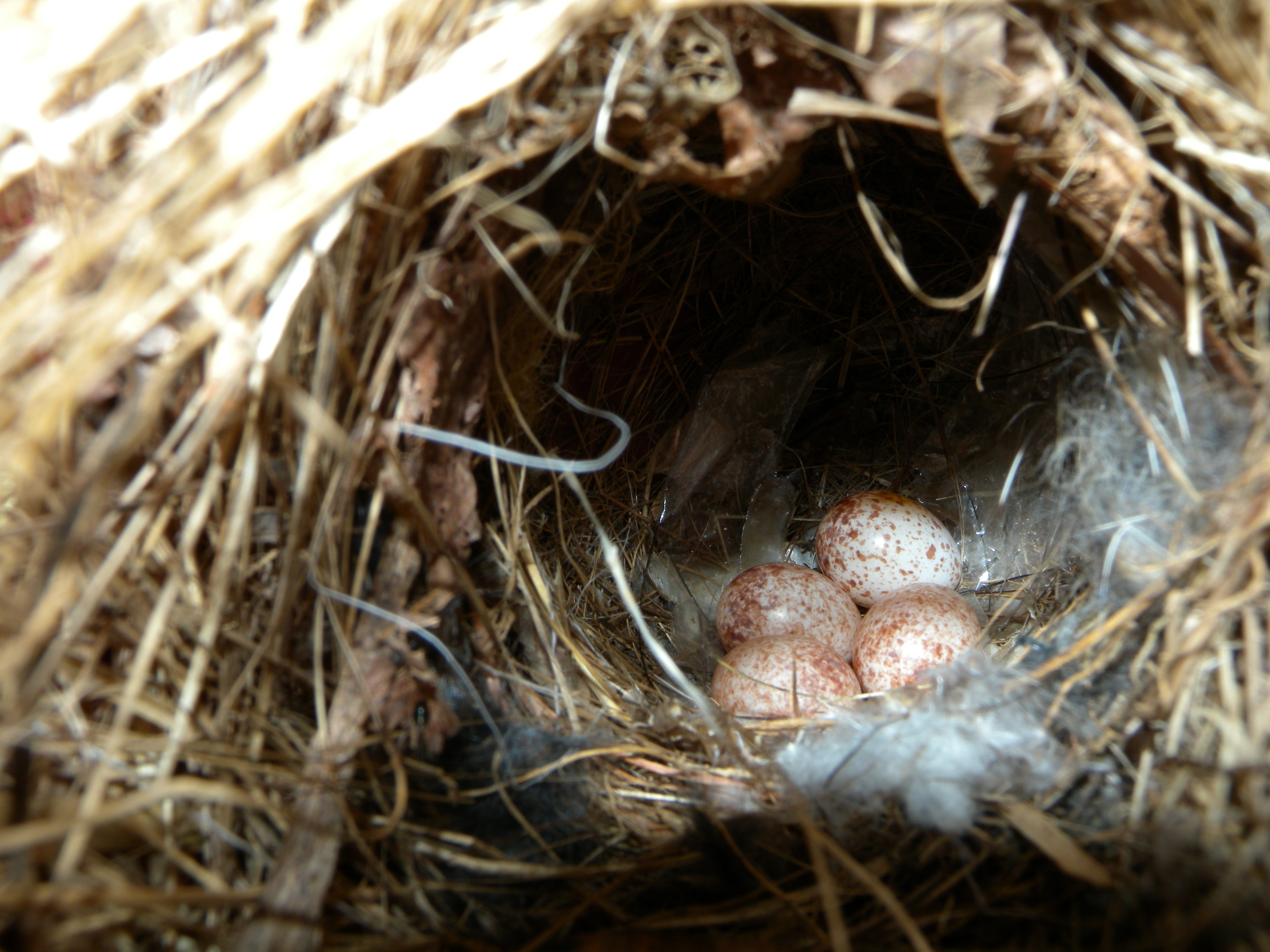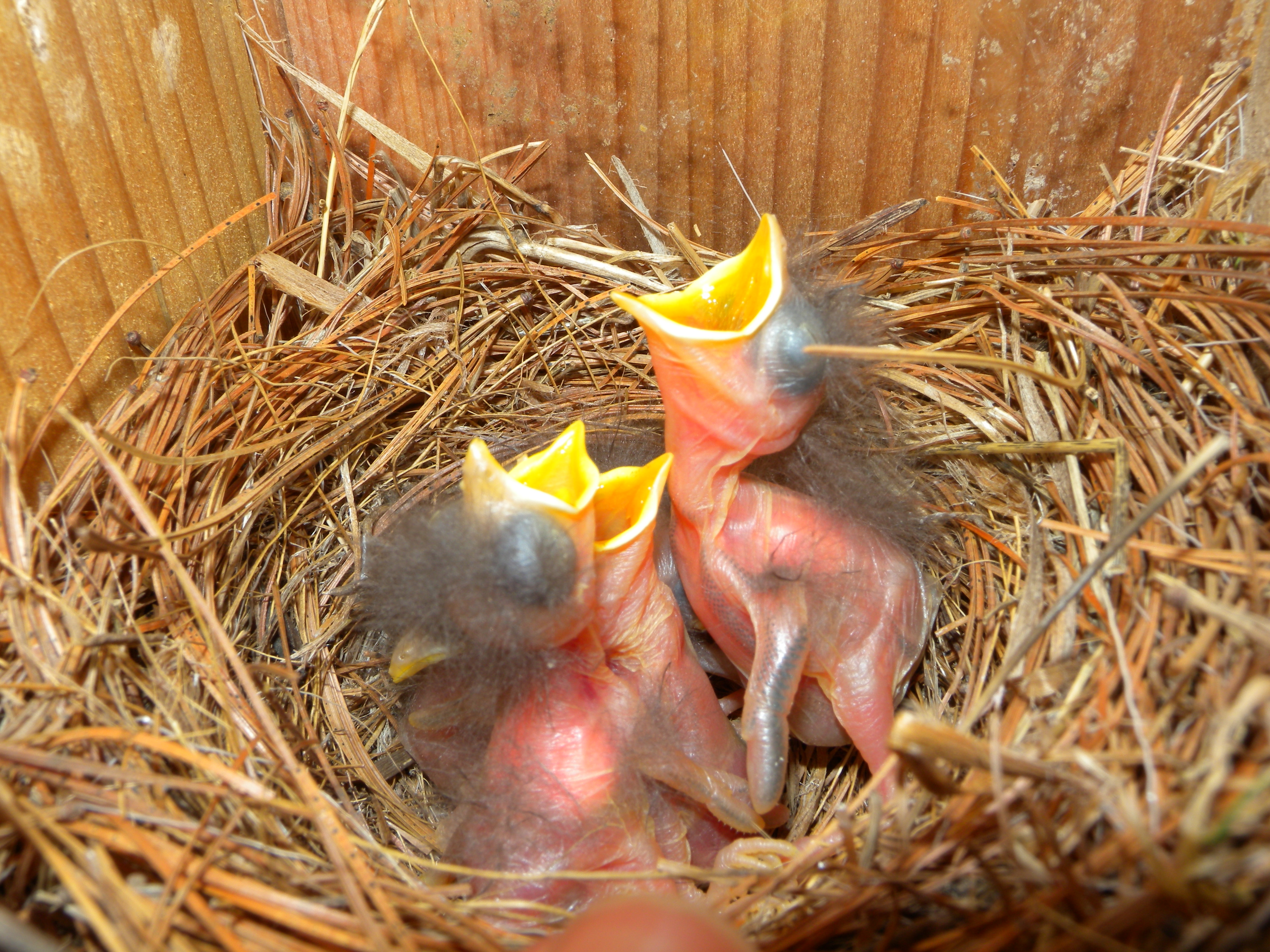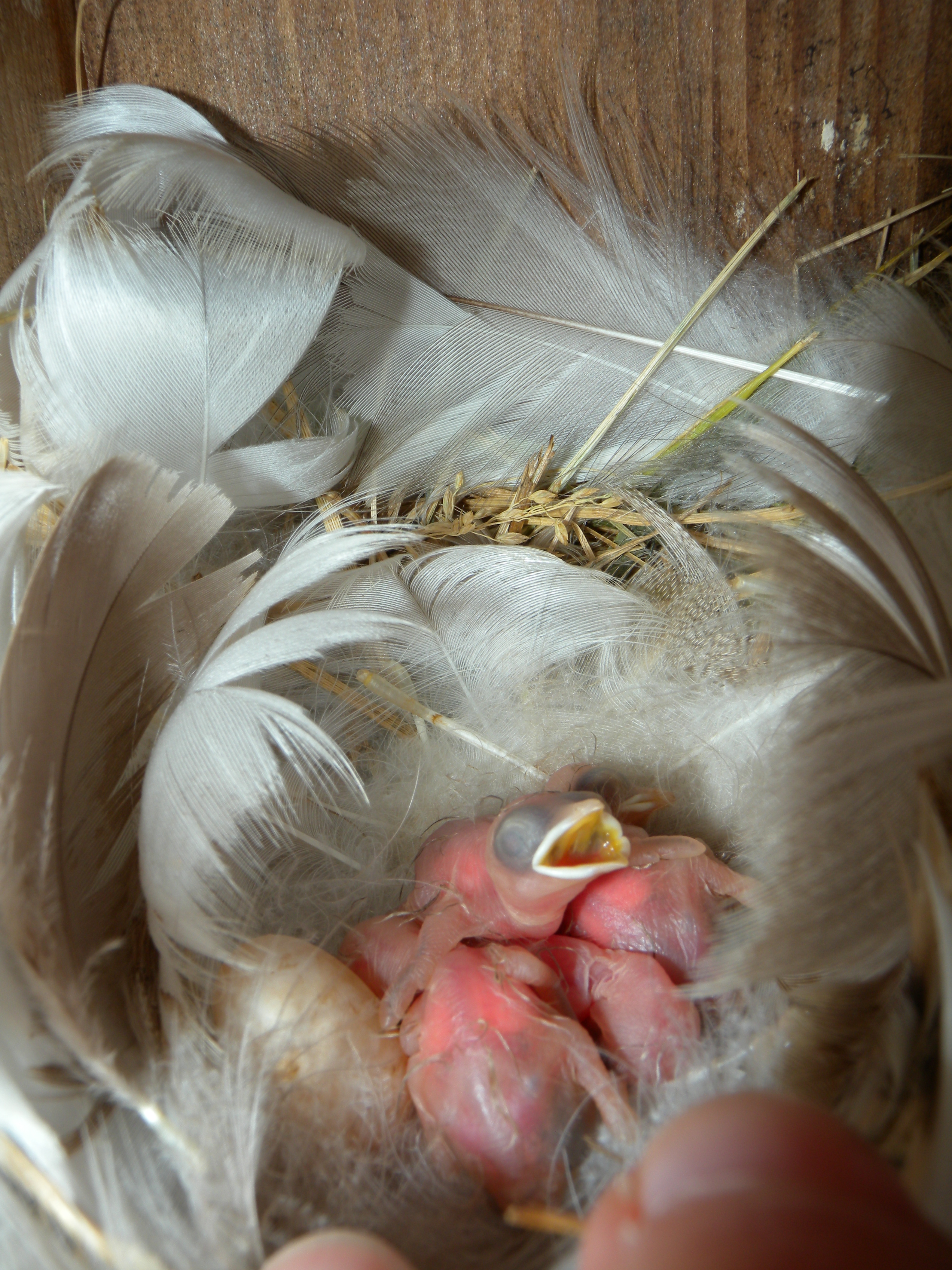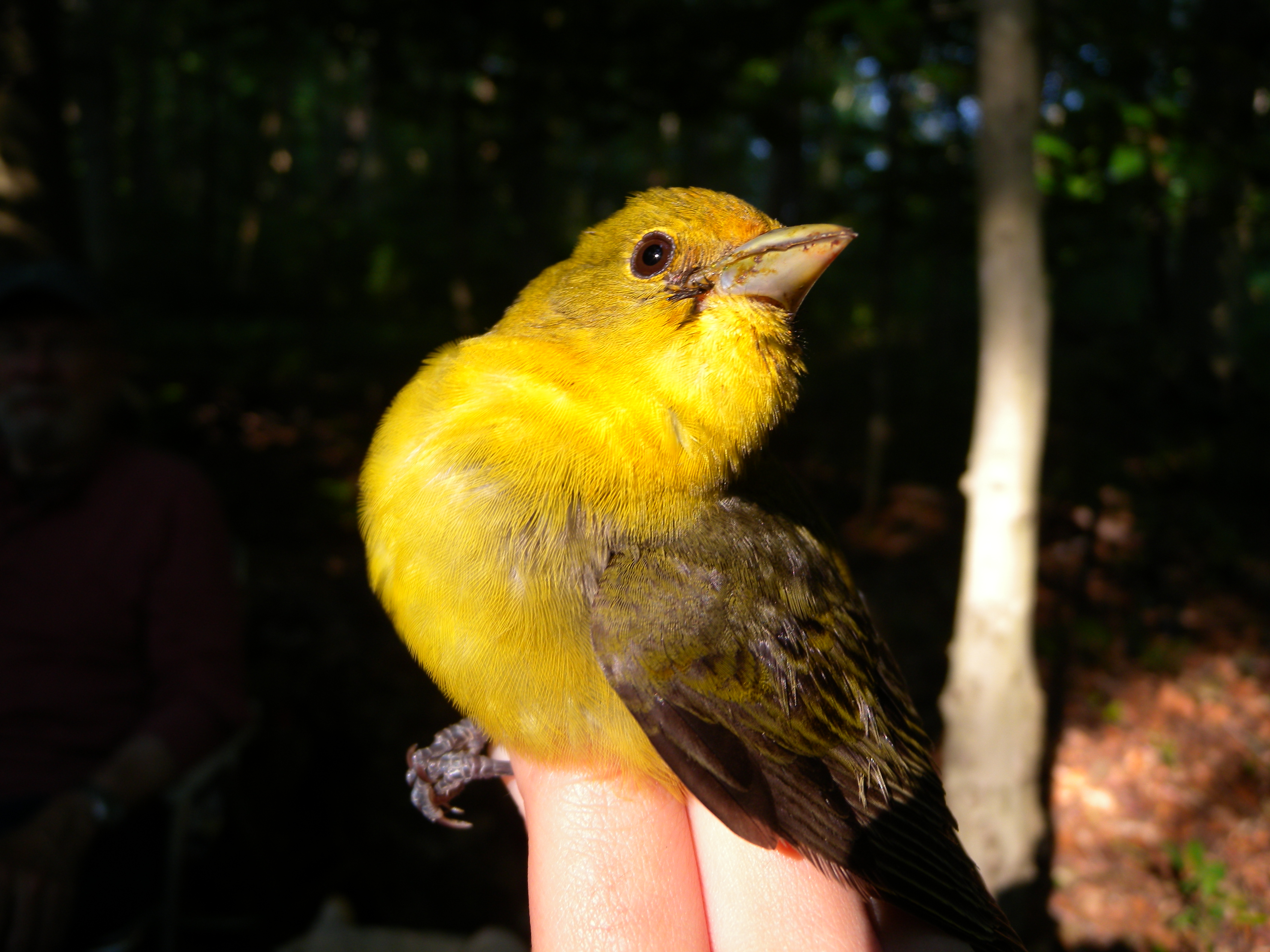WAIT! If you’re a subscriber reading this in email format, before reading any further, please click on the title of the post right above in order to view the blog in the glory it was meant to have on the actual blog website.
________________________________________________________

Children, teens and adults of all ages are invited to join us this Sunday February 16 at the Willistown Conservation Trust from 9-11am for our annual Great Backyard Bird Count (GBBC)! Contact Blake Goll (bhg@wctrust.org) if you’re interested in participating.
The Cornell Lab of Ornithology’s GBBC is a global, 4-day citizen science event during which people from all walks of life tally birds in order to help scientists discover important population patterns about birds. Last year, GBBC participants in 111 countries counted over 33 million birds on close to 138,000 checklists, documenting some 4,200 species, which is more than one-third of the world’s species!!

This participation represents an incredible effort that helps answer questions like: Where are the birds now? How is climate change affecting populations? What are the patterns of irruptive bird species (those like winter finches that flood south in some years but not others based on food availability)? How is migration timing different from year to year? How are diseases like House Finch Eye Disease or West Nile Virus affecting populations?

For example, one sad pattern scientists have discovered through GBBC data is that Carolina Wrens seem to disappear from northern checklists in cold winters like the one we are having now. These adorable little mouse-like birds are actually a more southern species whose range has expanded northward in the past decades because of our mild winters. However, they do not migrate and so often perish during harsh winters; it can take up to 10 years for the population to return to the north after such cold-weather die-offs. Keep those feeders filled if you notice one of these charming brown “butterballs” in your yard, for they may not be as hardy as they look.

GBBC participants enter their checklists online at gbbc.birdcount.org, which is a fantastic resource for learning more about the GBBC and birds in general. Here you can watch a real-time map during the count (February 14-17) of checklists as they are submitted along with excellent photos of birds. There’s a great interactive section where you can actually explore data compiled from past GBBCs, including year-to-year comparisons of ranges both within and between species. It’s fun to play around with!
Contact Blake Goll (bhg@wctrust.org) if you’d like to attend our Great Backyard Bird Count this Sunday!
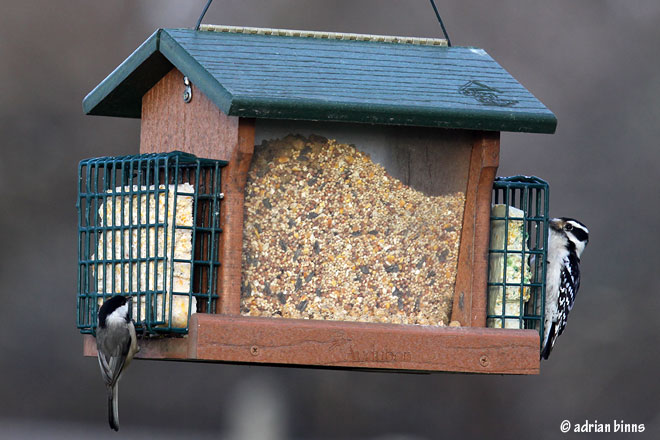
This is an especially exciting GBBC with the crazy weather we’ve been having and the historic avian events such as the Snowy Owl irruption or “Snow Storm” as it’s now affectionately called. Because of milder arctic weathers, the tundra rodent population boomed this past summer, creating a bumper crop of Snowies that have flooded south for overwintering territories. Check out my recent blog post to learn more, or visit Project Snowstorm to learn about the incredible research underway to track these Snowy Owls with solar powered transmitters.
Besides a Snowy Owl, you also might be able to add a seldom-seen grebe to your GBBC checklist this year! Grebes are handsome little loon-like birds that are highly specialized for diving; with their stubby legs set so far back on their bodies, they need large bodies of water to takeoff and are pretty much immobile on land. Red-necked and Horned Grebes normally call the Great Lakes their winter home, but the icy polar vortexes that have been lurking in the Northeast this winter have caused massive freezing of the lakes, more than we’ve seen in decades.
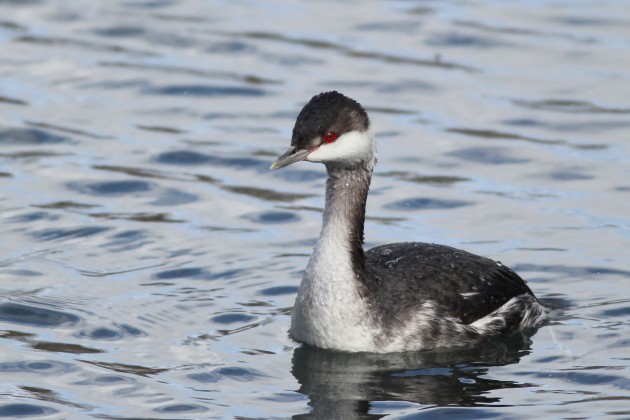
The displaced Grebes are forced to move south toward the coast, hoping for large bodies of water along the way. This is a dangerous journey with the frequent snow and ice storms that have been berating our region. Many of these poor night travelers actually get iced over as they are flying and crash to the ground in sometimes fatal “wrecks”. The lucky ones land in a soft pile of snow or in a body of water, so birders should be on the lookout for these birds! If you see one, report it to eBird so that scientists can track this movement. And if the bird needs help (like if it’s stranded in a parking lot or field) gently pick it up in a blanket, place it in a box and call Tri State Bird Research and Rescue!
Hope to see you this weekend!
There’s a lot going on in the woods,
Blake




